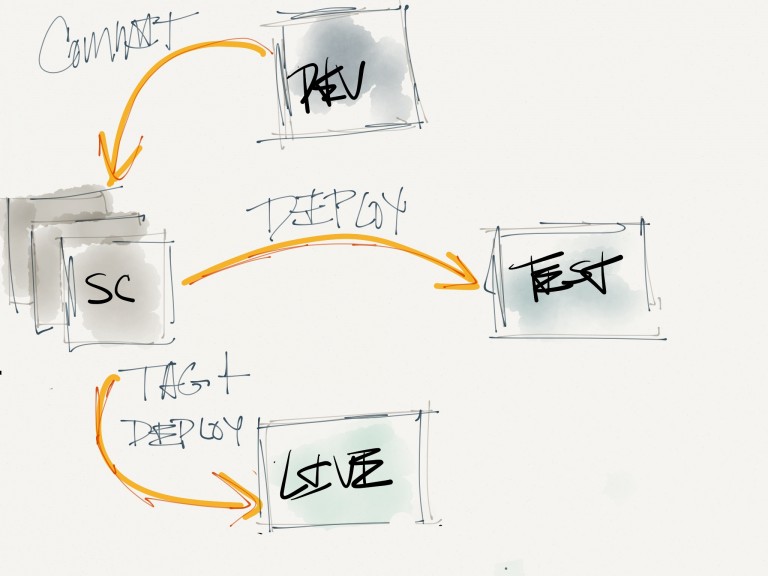API Design best practices.

Allow pagination and filtering
Some endpoints may return substantial amounts of data that slow down a system.
Pagination and filtering avoid this by returning only a certain number of results at a time. This improves performance and reduces the usage of server resources.
Versioning
If you’re making changes to your API that could potentially break it and the client apps that use it, it’s crucial to version it to have previous versions as a backup. This also lets you phase out old endpoints and introduce updated ones with new features.
Use JSON
JSON is the standard for transferring data. JavaScript has built-in methods to parse JSON quickly, and it is supported in almost all programming languages. For simplicity, APIs should accept JSON payloads, and endpoints should return JSON as a response.
Use nouns for endpoint paths
Endpoint paths should always be named in reference to the entity they represent, for example, ‘articles,’ ‘users,’ ‘posts.’
Endpoints paths should never be verbs because the HTTP request is our verb, e.g., GET, DELETE, PUT, etc.
Maintain good security practices
As with any client-server communication, SSL/TLS security is a must if data is to be kept encrypted and safe. Without it, data is at risk of being exposed.
Use caching
Using Cache-Control headers will allow users to make effective use of cached data.
Caching allows users to access data faster because it is stored locally, meaning another request to the server to retrieve it is not needed.
Implement timeouts
Timeouts cause a request to fail after a specified amount of time.
This is useful when there is a network issue, and the request cannot be completed, or a user sends too much data.
This connection is closed instead of remaining open.